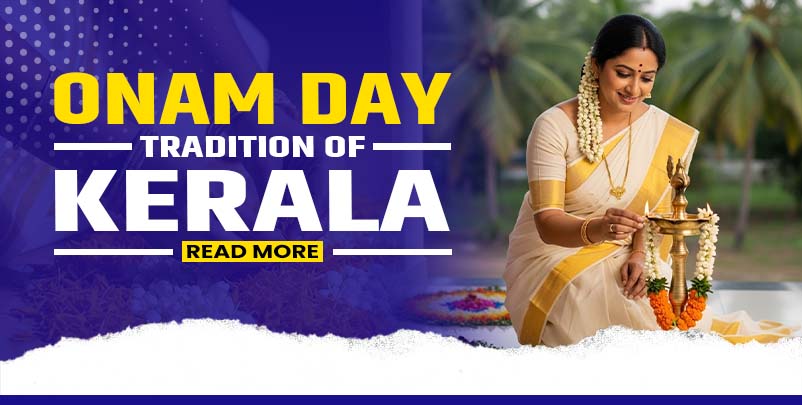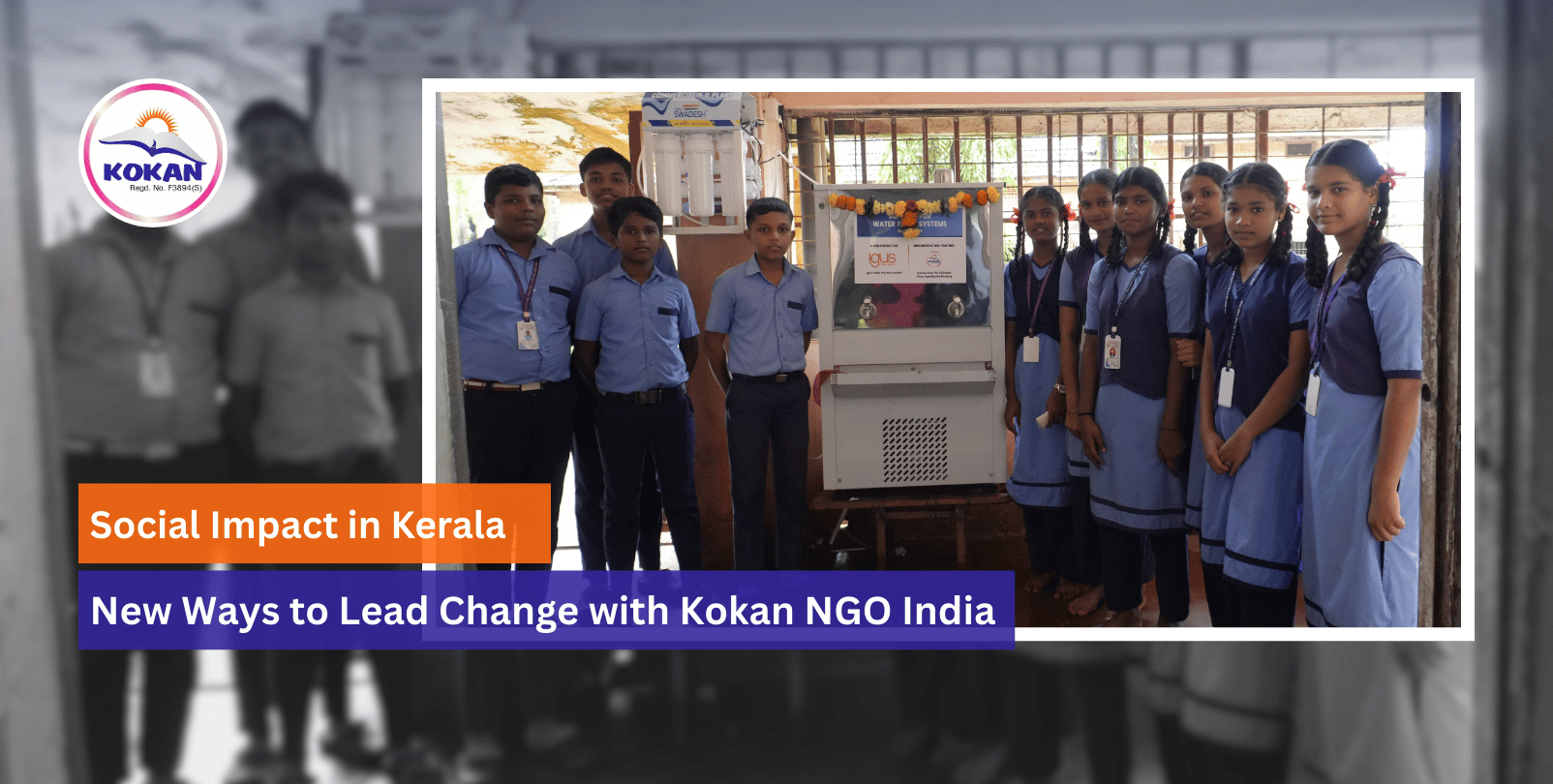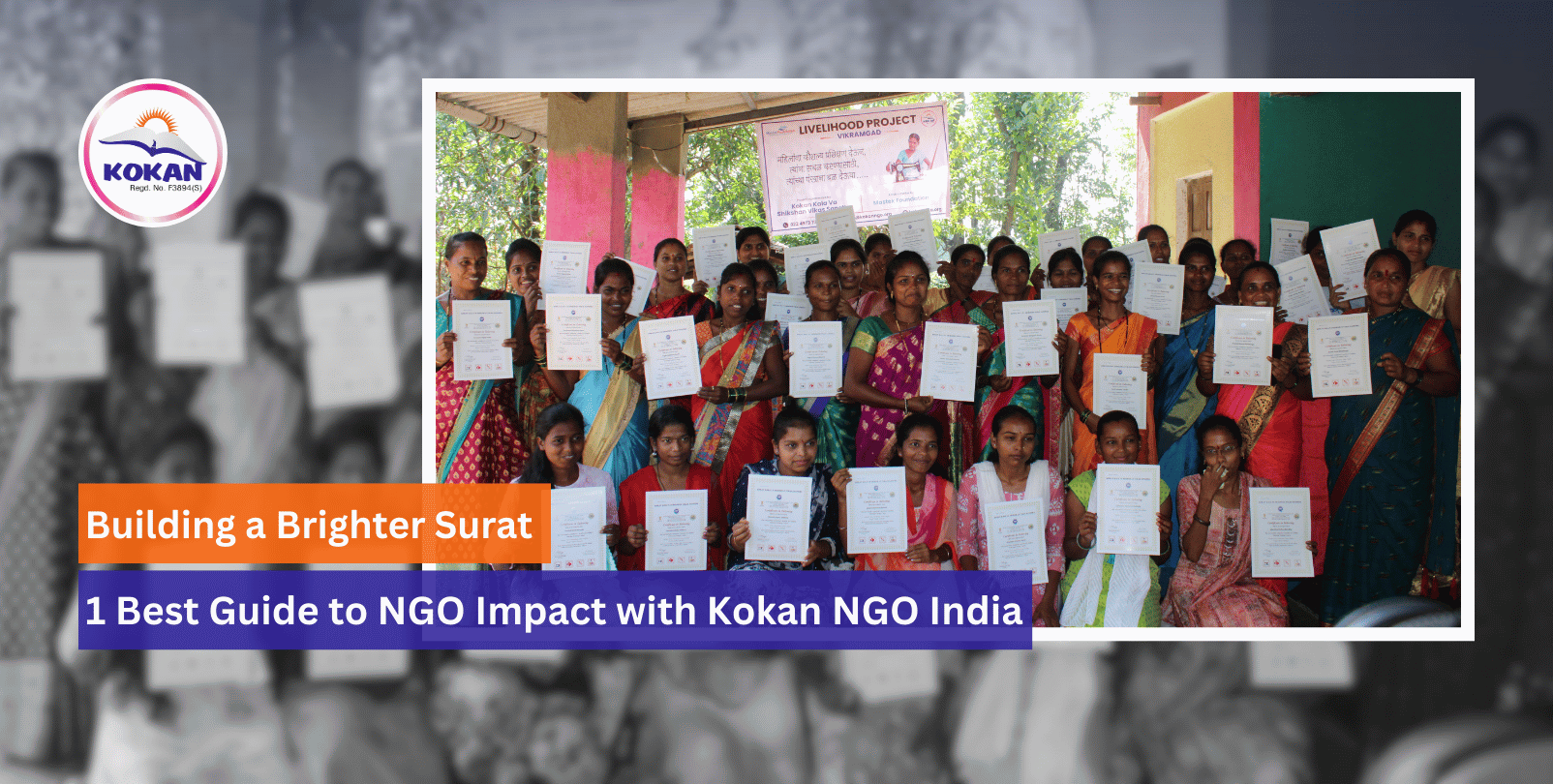Onam is more than just a festival; it is a grand celebration that captures the heart, soul, and rich cultural heritage of Kerala. Spanning ten vibrant days, this harvest festival is a magnificent display of traditions, art, and communal harmony. It is a time when the entire state comes alive with the joyous rhythm of festivities, from the intricate flower carpets that adorn every home to the grand feasts that bring families and communities together.
Onam is fundamentally a celebration of unity, a time for people from all walks of life to connect over a shared history and a communal sense of joy. of prosperity and generosity. The festival’s deep-rooted significance goes beyond a mere harvest celebration; it embodies the spirit of a fabled golden age, a time when truth and justice reigned supreme under the rule of the legendary King Mahabali.
The legend of King Mahabali is central to the essence of Onam. It tells the story of a benevolent and righteous Asura king who ruled Kerala, bringing about a period of unparalleled peace, prosperity, and equality. His people were so content and happy that the gods grew jealous of his immense power and popularity. To test him, Lord Vishnu took the form of Vamana, a dwarf Brahmin, and asked for a mere three paces of land. Mahabali, known for his generosity, readily agreed.
In a cosmic act, Vamana grew to a gigantic size, covering the entire Earth in one stride and the heavens in the next. For the third pace, a humbled King Mahabali offered his own head, an act of ultimate surrender and humility. Satisfied with his humility, Vamana allowed him a yearly visit to his kingdom. Onam, therefore, is a festival that commemorates King Mahabali’s return, celebrating a golden age and the enduring lessons of compassion and generosity. This timeless story gives Onam a unique, spiritual depth.
A Journey to the Heart of Kerala: The Legend and Its Resonance
The story of King Mahabali is passed down through generations, and every ritual of Onam is a heartfelt tribute to his reign. The festival begins on the first day, Atham, and culminates on the tenth day, Thiruvonam, the day Mahabali is believed to visit Kerala. Each of the ten days has its own name and significance, with a distinct floral pattern (Pookalam) and traditional observances.
The festival’s grandeur transcends religious and social boundaries, with people of all faiths participating with equal zeal. It is a powerful testament to the state’s secular fabric, where a shared culture and history bind everyone together. This sense of unity, which is at the very heart of Onam, is a message that resonates far beyond the borders of Kerala. It’s a celebration of humanity’s shared values of love, peace, and abundance.
The grand celebrations of Onam serve as a reminder of the core human values that define a prosperous society. The festival’s message of equality—that everyone is treated the same, just as they were during the time of King Mahabali—is particularly relevant in today’s world. This spirit of camaraderie and shared joy is what makes Onam a truly unique and cherished festival. The communal activities, the joyous gatherings, and the open-hearted hospitality all reflect the true essence of the festival. It is this spirit of unity and shared prosperity that makes Onam a powerful symbol of Kerala’s cultural identity.
The Colors of Celebration: Traditions of Onam
The ten days of Onam are a vibrant tapestry of traditions, each adding a layer of color and meaning to the festival. These rituals, passed down through generations, connect the past with the present and infuse every celebration with a deep sense of heritage. The most iconic of these traditions is the creation of the Pookalam, an intricate flower carpet that adorns the entrance of every home.
Each day, a new layer of flowers is added, with the design growing in size and complexity as Onam progresses. The flowers are carefully chosen for their colors and symbolism, and the act of creating the Pookalam is a communal one, with families and neighbors working together. This beautiful tradition is a way of welcoming King Mahabali and symbolizing the blooming prosperity and happiness of the household.
Another cherished tradition is the wearing of Onakkodi, new clothes that are traditionally given to family members on the festival day. This ritual signifies a new beginning and a sense of renewal, reflecting the belief that Onam marks the end of a prosperous harvest and the beginning of a new cycle. A powerful symbol of the festival’s bounty, the Onakkodi is a tradition that unites communities and families, filling them with a shared sense of joy and optimism. The vibrant new clothes add to the festive atmosphere, turning the entire state into a kaleidoscope of colors.
The Grand Feast: The Onam Sadya
No Onam celebration is truly complete without the Onam Sadya, a grand vegetarian banquet that stands as a centerpiece of the festival. Served on a banana leaf, this elaborate meal features at least 24 to 28 distinct dishes, each crafted with immense care. It’s a culinary marvel, balancing sweet, sour, salty, and spicy notes into one harmonious experience. The Sadya brings families and friends together to share a meal, reinforcing the festival’s spirit of unity and generosity. It serves as a powerful reminder that true abundance is found in sharing with those you love.
The sheer variety of dishes in the Onam Sadya reflects the rich agricultural heritage of Kerala. From the sweet Payasam to the spicy Avial, every dish tells a story of the land and its people. It is a time when all are welcome, and everyone is treated with the same warmth and hospitality. The Sadya is more than just a meal; it is a celebration of life, a tribute to a bountiful harvest, and a powerful symbol of togetherness that is central to Onam.
The Sounds of Onam: Arts and Culture
Beyond the feasts and the flowers, Onam is a festival of rich cultural expression. The rhythm of traditional arts and performances fills the air, adding to the festive atmosphere. The famous Vallamkali, or snake boat races, are a sight to behold, with teams of rowers, their muscles straining, paddling in unison to the beat of traditional songs. These races are a powerful display of teamwork and camaraderie. Similarly, the Pulikali, or tiger dance, where men painted as tigers and hunters dance to the beat of drums, is a captivating spectacle that draws crowds from all over.
Traditional art forms like Kathakali, Mohiniyattam, and Thiruvathira are performed throughout the festival, showcasing the artistic heritage of Kerala. These performances are not just a form of entertainment; they are a way of preserving and celebrating the state’s cultural identity. The music, the dances, and the vibrant costumes all come together to create a festive atmosphere that is truly unforgettable. These traditions are a testament to the deep-rooted cultural pride of the people of Kerala and a vital part of the Onam celebration.
A Time for Generosity: The Bountiful Harvest
Onam is essentially a harvest festival, a time for celebrating the Earth’s bounty. The grand feasts and colorful traditions are a way of giving thanks for a bountiful harvest and sharing its bounty with the community. This spirit of generosity is a core value of the festival, and it is a lesson that resonates deeply with everyone who participates in it. Sharing the Onam Sadya with friends, family, and neighbors is a beautiful example of how this generosity is put into action.
However, the spirit of sharing can and should extend beyond our immediate circle. In a world where many still struggle to get a proper meal, the tradition of the grand feast can be a powerful reminder of our responsibility to help those in need. The essence of Onam is a powerful reminder that the holiday’s bounty should be shared with the entire community, not just our own families.This is where the modern-day celebration of Onam can take on a deeper, more meaningful purpose, transforming a festival of personal joy into a mission of shared compassion.
The Ripple Effect: From Feast to Mission
When a community comes together to share its bounty, the ripple effect is immense. It builds a sense of unity and connection, bringing people together across social and economic lines.. The act of giving not only provides food for those who are hungry but also restores their dignity and fills them with a sense of hope. When we extend the festive spirit to those who are less fortunate, we are not just providing a meal; we are building a more inclusive and compassionate society. This is the profound and lasting impact that our collective actions can have.
The festival of Onam provides us with a unique opportunity to embody the virtues of generosity and humility that King Mahabali personified. By ensuring that our celebration includes those who are struggling, we can turn our feast into a mission of shared joy and solidarity. This powerful act of kindness can transform lives and build a more resilient and caring community. The spirit of Onam teaches us that true prosperity is not measured by the abundance of our own wealth but by the extent to which we share it with others.
A Partnership in Compassion: How You Can Help
The spirit of giving and unity is at the core of what we do at Kokan Kala Va Shikshan Vikas Sanstha, also known as Kokan NGO India. We are dedicated to carrying forward the legacy of compassion and community that is central to festivals like Onam. While we may not have our own farms or a bountiful harvest, we are a bridge between those who have and those who are in need.
This Onam, as you celebrate with your family and loved ones, we invite you to extend your table to those in need. A simple act of kindness can have a profound impact, and a small donation can provide a complete festive meal for a family. We urge you to donate food on Onam day and help us ensure that the spirit of the festival reaches everyone.
Your support will help us provide nutritious meals to the most vulnerable members of our society, ensuring that they too can partake in the joy and bounty of the season. Your contribution to Kokan NGO India is a powerful act of compassion, embodying the true essence of Onam. Let’s celebrate the festival not just with feasts, but with the boundless joy of giving.




